 Everything out there wants to kill you—including the people. 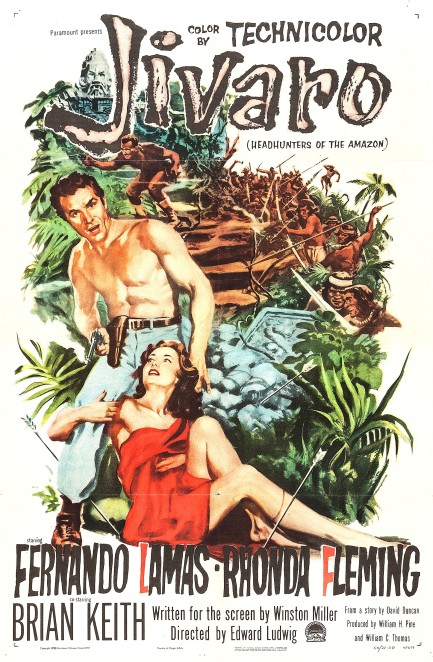
We've shown you many magazines and books on the subject of headhunters (check here and here for our absolute favorites). Mid-century interest in the subject made its way to the silver screen more than once, in this case with Jivaro, which premiered today in 1954. The title references hunter-gatherer cultures centered in the northwestern Amazon rainforest across Ecuador and Peru who shrank human heads for ceremonial reasons. The movie was a 3-D production, a fact that becomes apparent as pottery, chairs, spears, and occasional flaming arrows fly toward the camera, and it was shot in Technicolor. For those reasons, we wouldn't call it a b-movie exactly, but it still could have used a boost in budget.
Fernando Lamas plays a rough and tumble trader who plies the Amazon River in a rat trap boat. This is a rough gig. People are mean as hell down there. Even the local priest knows martial arts. Lamas agrees to conduct hot redhead Rhonda Fleming to meet her fiancée, who has ventured far from the nearest trading post in search of gold. She's fresh from California and has no idea her man has turned into a drunk and is canoodling with a local girl played by Rita Moreno.
Fleming's fiancée goes incommunicado, and eventually Lamas decides to trek into the forbidden Valley of the Winds (cue wind machine and sound effects) in order to find him. There isn't much upside to this quest, but something has developed between Lamas and Fleming, and if they don't know whether her fiancée is dead or alive, he'll always stand between them. Or something like that. They head into the wilds, endure struggles that will look familiar to fans of Raiders of the Lost Ark, and in due time find answers to all their questions, if perfunctorily.
For us, the movie raised new ones, such as where was the screenwriter during all this? Lost in the jungle too, we guess. But we can't say Jivaro is bad. While shot entirely in Hollywood with second unit footage from South America added to fill in the margins, it's actually somewhat convincing in its setting. And Fleming is good, though with her red hair we can't believe the Jivaro we able to miss her with so many arrows. But that's film tradition for you—even today, using better weapons, villains still have terrible aim. If you aim to watch Jivaro, we recommend drinking some firewater to make it a more entertaining diversion, and keeping your expectations in reasonable territory.  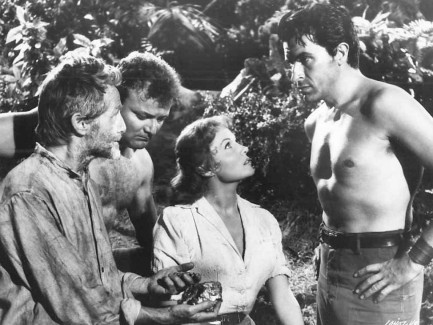 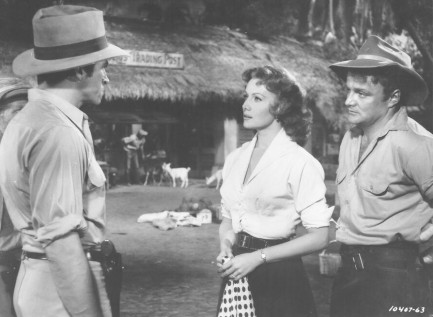 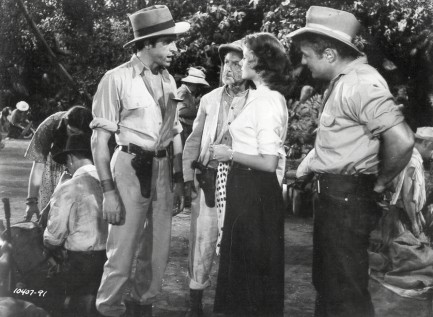 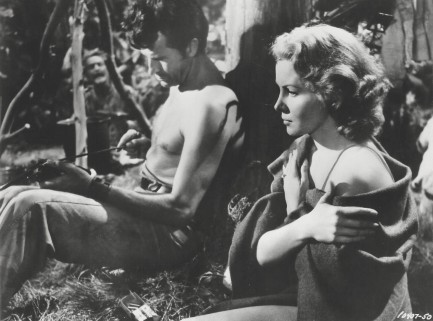 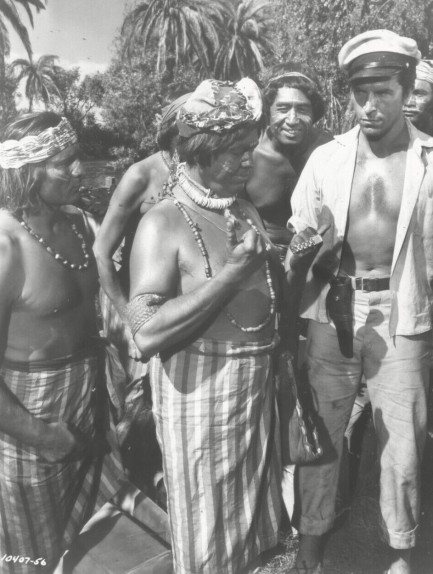 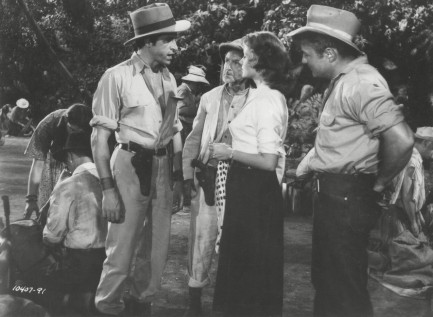 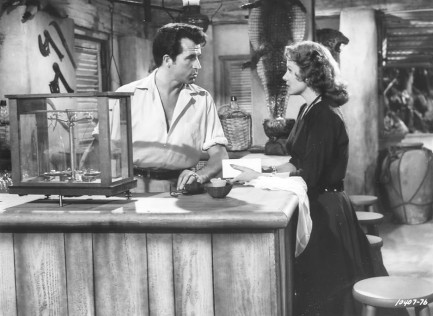 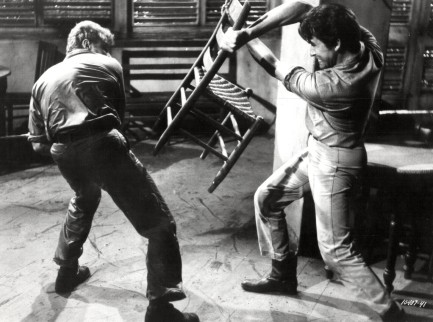 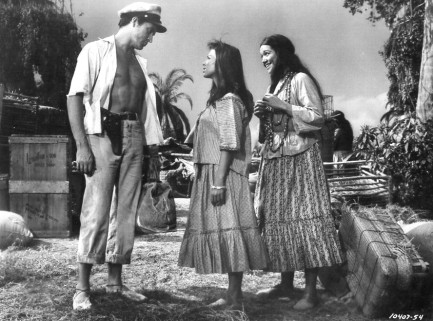 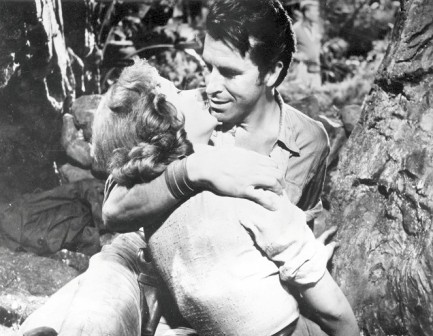 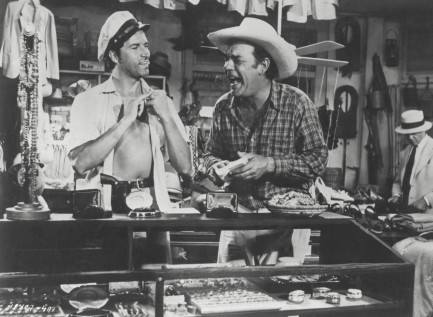 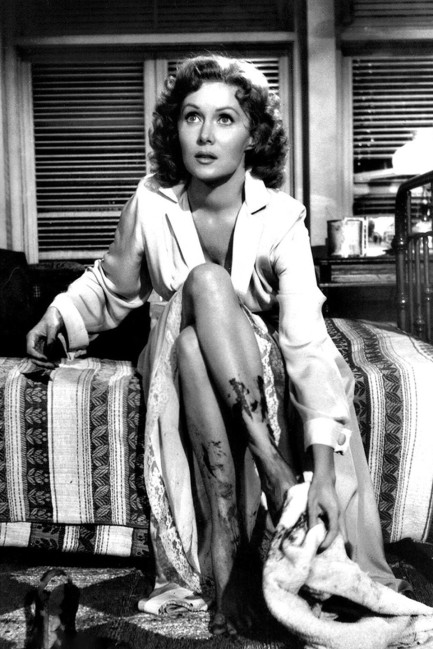 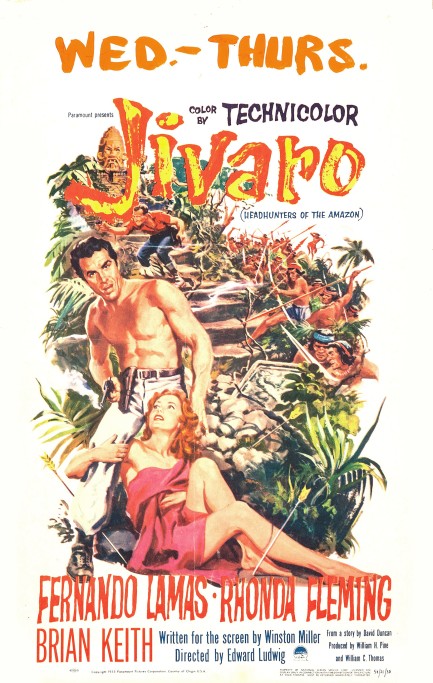
 Anything you add her to immediately gets better. 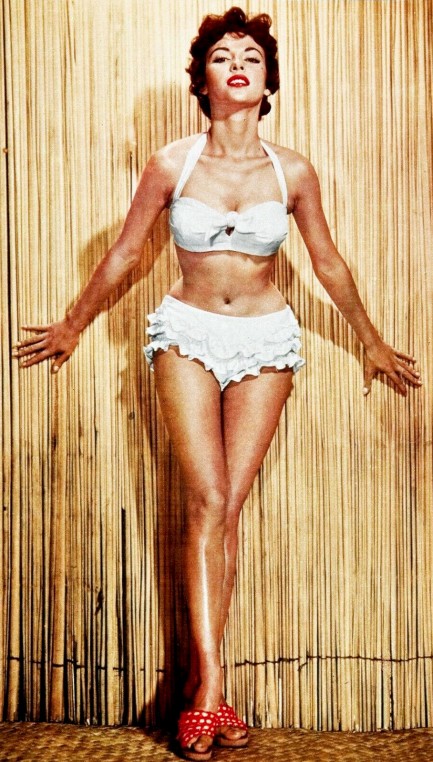
Stop us if you know this, but “moreno” is a word used in Spanish for concepts that include dark-haired and tanned. Puerto Rican actress Rita Moreno fits those descriptives, and then some. We'd add sizzling, scorching, scalding—and those are just the “s” words. This promo image of her is difficult to date. We know it came no later than 1957 because we've seen it in a Hong Kong magazine from that year. One online source has it as a 1954 shot. We lean more in that direction because Asian magazines tended to use images that were two or three years old. So let's call this 1954. It was—clearly—a good year for Rita. See more here and here.
 Garner's portrayal of a classic detective feels a lot like a Rockford Files test run. 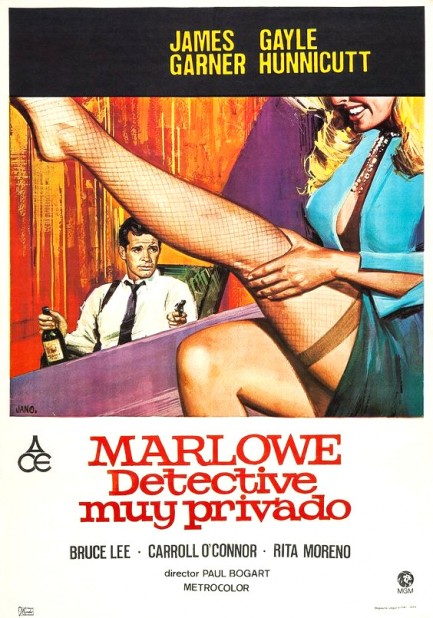
Raymond Chandler's novels have been adapted to the screen several times. One of the lesser known efforts was 1969's Marlowe, which was based on the 1949 novel The Little Sister and starred future Rockford Files centerpiece James Garner as Chandler's famed Philip Marlowe. You see a cool Spanish popster for the movie above, painted by Fernandez Zarza-Pérez, also known as Jano. As usual when we show you a foreign promo for a U.S. movie, it's because the domestic promo isn't up to the same quality. In this case the U.S. promo is almost identical, but in black and white. The choice was clear.
Since you know what to expect from a Chandler adaptation, we don't need to go into the plot much, except to say it deals with an icepick murderer and ties into show business and blackmail. What's more important is whether the filmmakers made good use of the original material, either by remaining true to its basic ideas or by imagining something new and better. They weren't going for new in this case. They were providing a vehicle for the charismatic Garner and ended up with a movie that features him in the same mode he would later perfect in Rockford.
Marlowe has a few elements of note. Rita Moreno plays a burlesque dancer, and it's one of her sexier roles. Bruce Lee makes an appearance as a thug named Winslow Wong. Garner is the star, so it isn't a spoiler to say that Lee doesn't stand a chance. He's dispatched in unlikely but amusing fashion. Overall, Marlowe feels like an ambitious television movie and plays like a test run for Rockford, but it's fun stuff. We recommend it for fans of Chandler, Moreno, Lee, Carroll O'Connor (who co-stars as a police lieutenant), and especially Garner. It premiered in the U.S. in 1969, but didn't reach Spain until today in 1976.
 They always get the best seat in the house.
Below, a collection of film stars, in Hollywood and other places, looking large and in charge while seated in director's chairs. In panel three the actress in the “Bonanza's guest” chair is Karen Sharpe. We don't expect you'll need help with the others, but if so our keywords list them in order.
 Best ever reason to brave crosstown traffic. 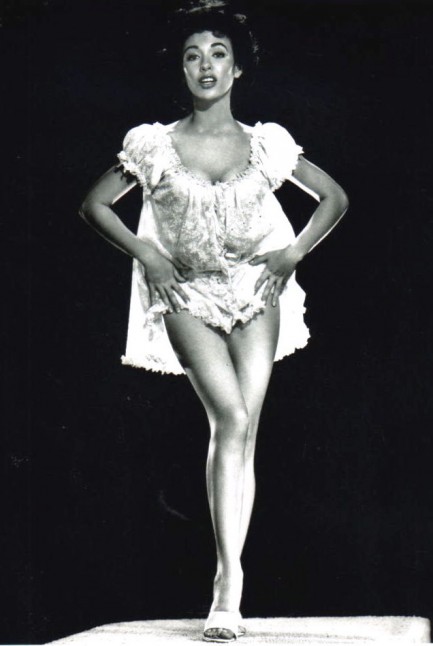
Sultry Puerto Rico born actress Rita Moreno, who many remember from her role as Anita in the 1961 Hollywood adaptation of the 1957 Broadway musical West Side Story, is one of the few performers to have won all four major annual American entertainment awards—i.e. the Oscar, the Emmy, the Grammy, and the Tony. She's also won a Golden Globe, been awarded a Presidential Medal of Freedom and a National Medal of the Arts, received a star on the Hollywood Walk of Fame, and been bestowed the Screen Actors Guild Life Achievement Award. There are even more awards, too numerous to list, and on top of all of them, she was also awarded some awesome genes, because not only is she very beautiful in the top photo from around 1960, but she still looks good today at age eighty-five. the Grammy, and the Tony. She's also won a Golden Globe, been awarded a Presidential Medal of Freedom and a National Medal of the Arts, received a star on the Hollywood Walk of Fame, and been bestowed the Screen Actors Guild Life Achievement Award. There are even more awards, too numerous to list, and on top of all of them, she was also awarded some awesome genes, because not only is she very beautiful in the top photo from around 1960, but she still looks good today at age eighty-five.
 Inside Story was never a top tabloid, but it still managed to entertain. 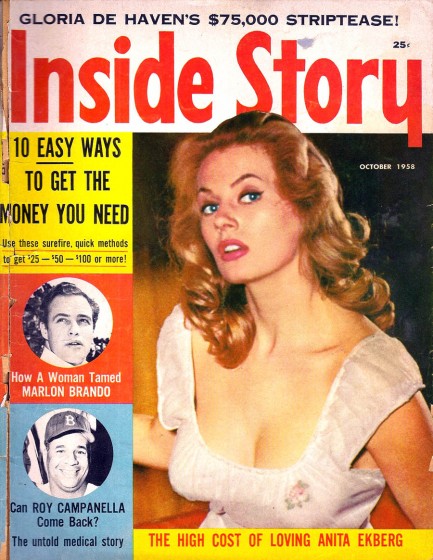
Sex, celebs, and swindles make up the bulk of this Inside Story from October 1958 with Swedish bombshell Anita Ekberg starring on the cover. All tabloids had a snappy slogan. Inside Story’s is “Tells the facts about people, the news, and the world we live in.” Doesn’t exactly send chills down the spine, does it? Maybe that’s why Inside Story was always strictly a middle-of-the-pack tab, never achieving the rarefied heights of Confidential or Police Gazette. But on to the stories.
In this issue readers are told that a relationship with Anita Ekberg comes at a high cost—not in money, but in frayed nerves due to her demanding behavior, alleged examples of which are detailed from London (caught by police having sex in a parked car) to Rio de Janeiro (abandoned her boyfriend and flew back to Sweden without a goodbye). Inside Story also expounds on Marlon Brando and Anna Kashfi, as well as Gloria de Haven and the unnamed Central American dictator’s son (Ramfis Trujillo, discussed last year) who was so struck by her beauty that he spent a fortune in time and money trying to get her into bed.
Errol Flynn's supposedly inflated reputation as a lover also takes a hit, and both the horse racing industry and restaurant business provide material for insider horror stories. All in all, it’s a nice slate of articles, well worth the twenty-five cent asking price. We have twenty pages of all this for your enjoyment below, including a large scan of Diana Dors, because, well, she’s Diana Dors.
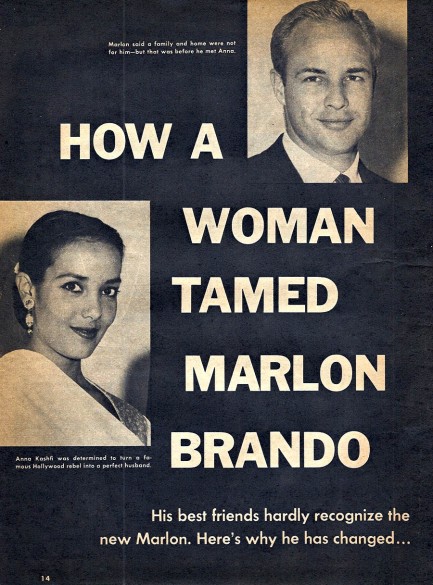 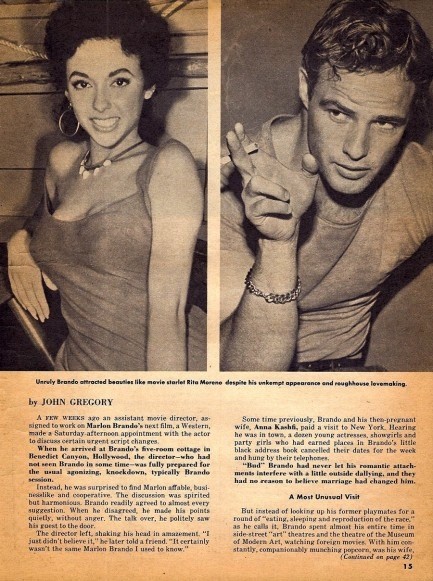 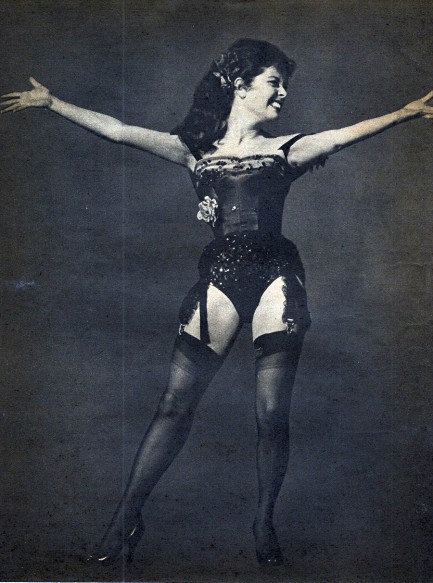 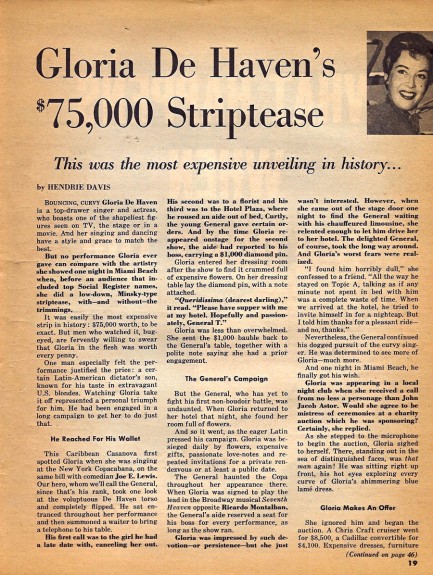 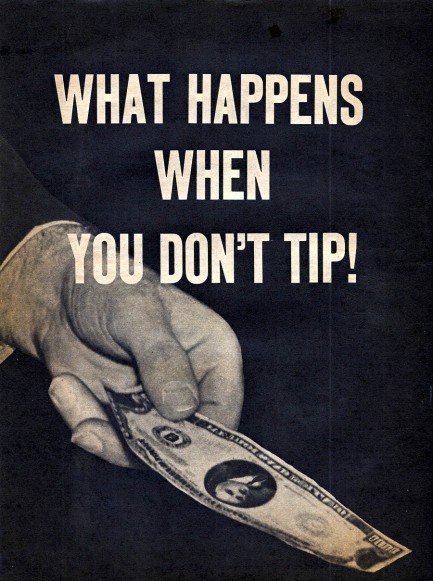 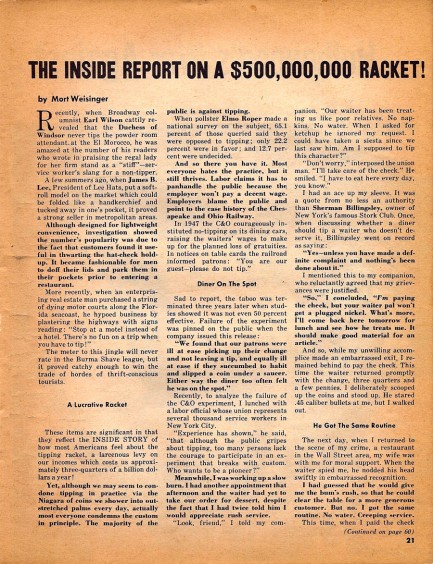 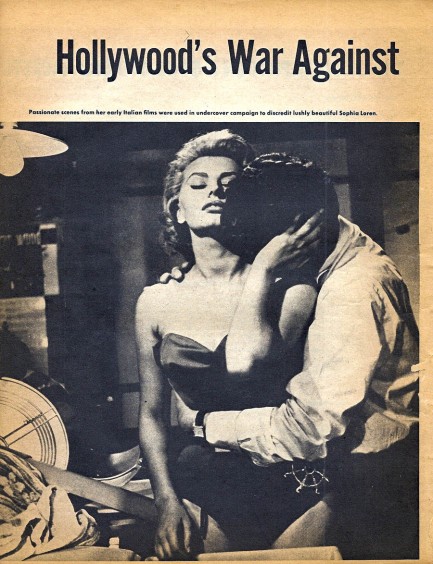 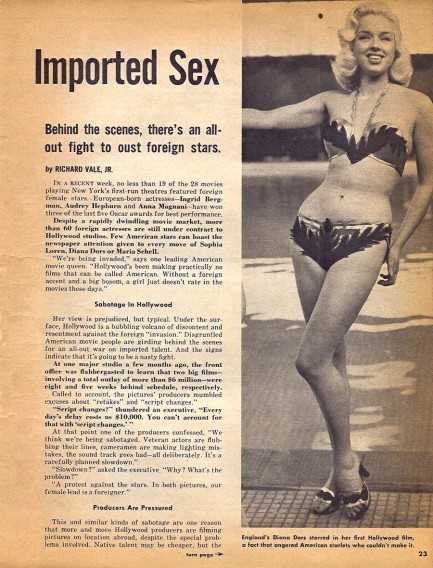 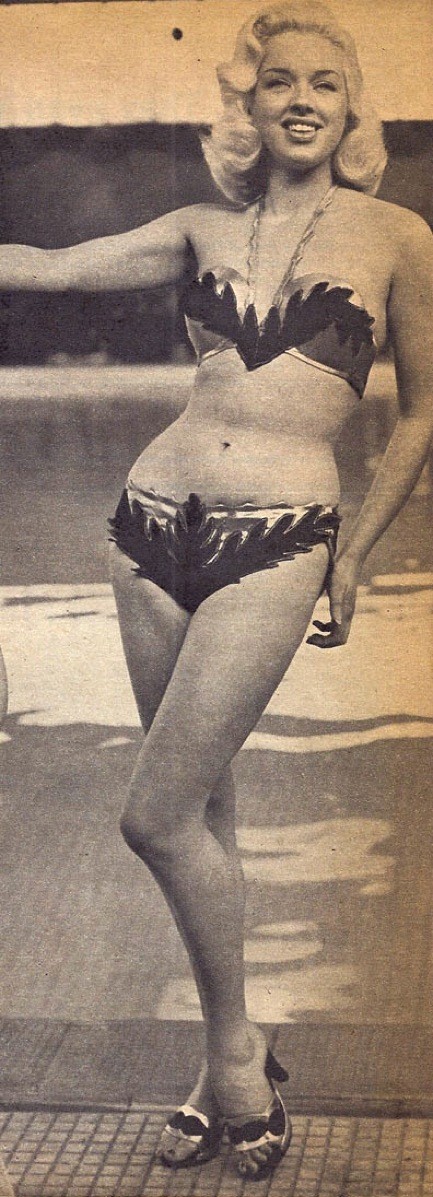 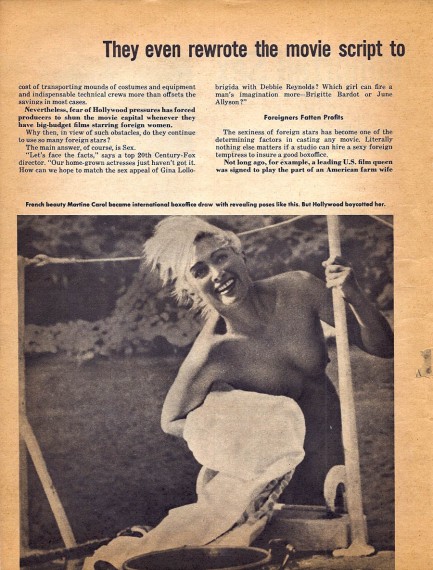 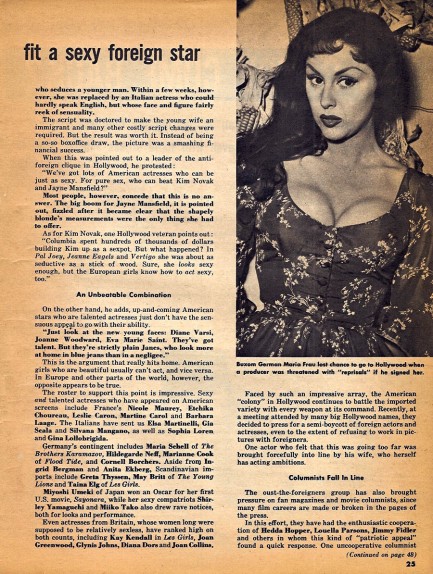 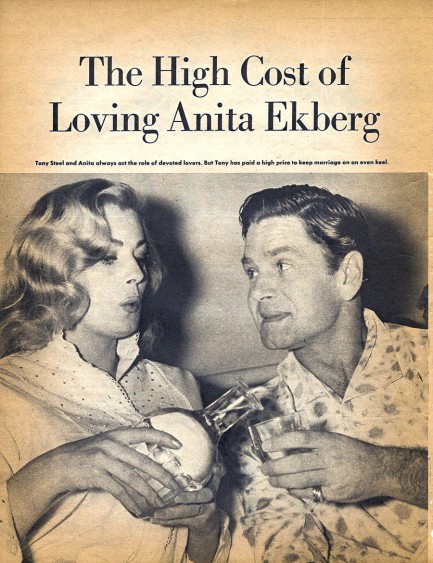 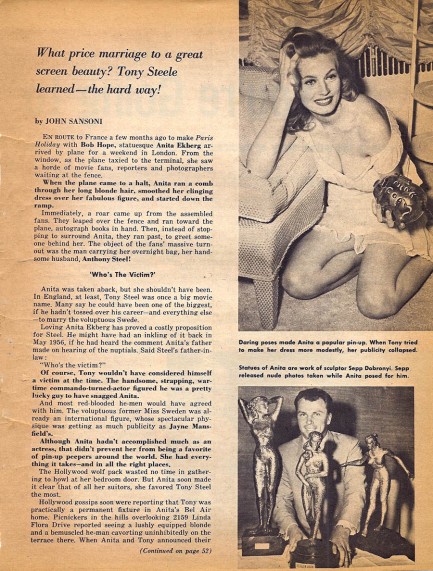 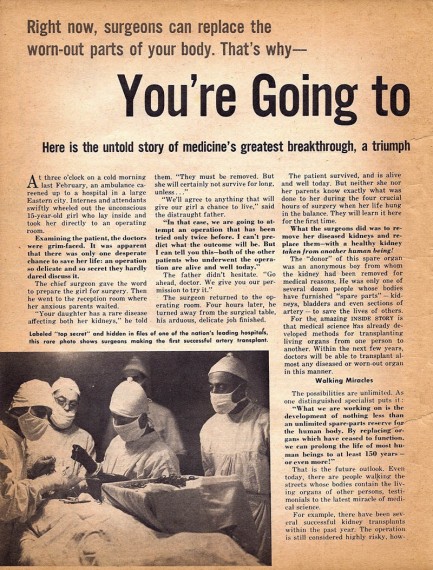 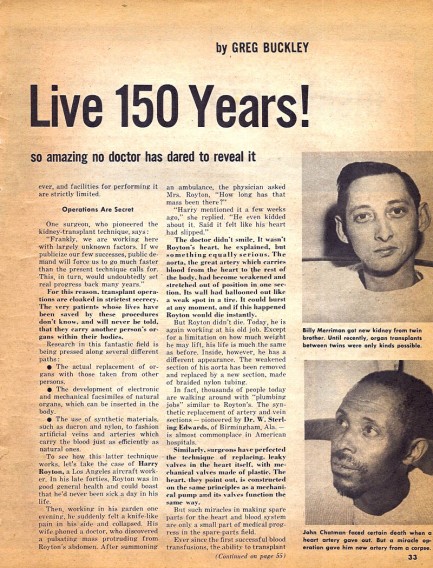 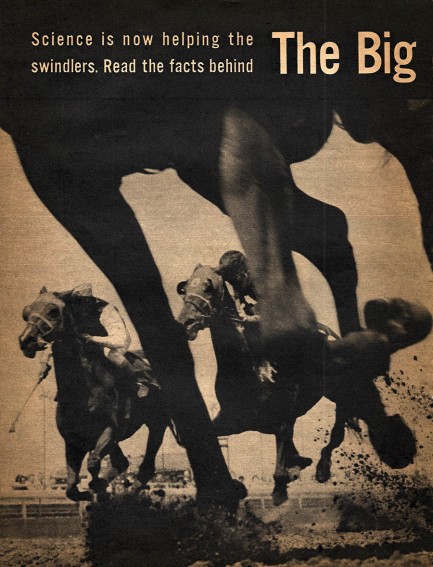 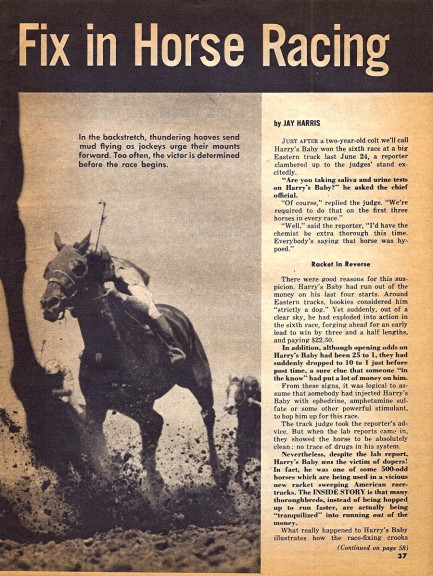 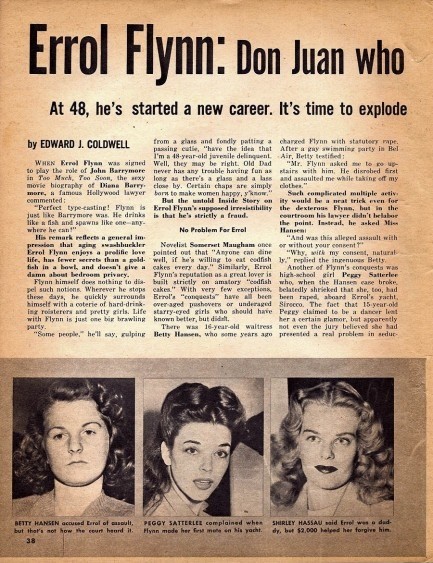 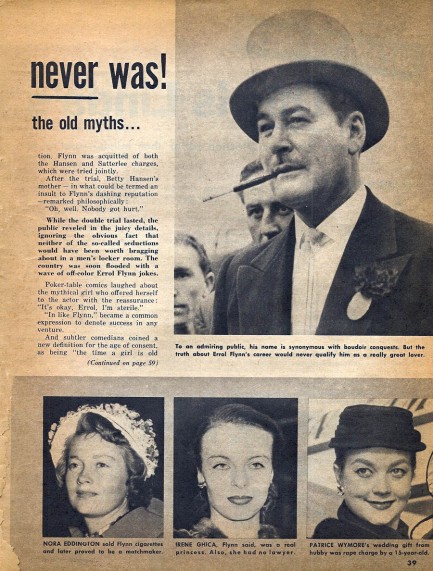 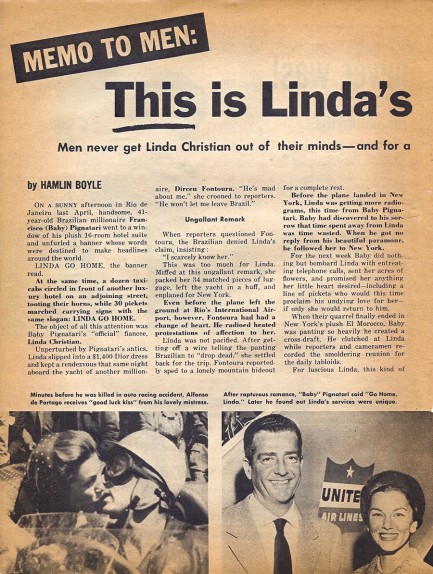 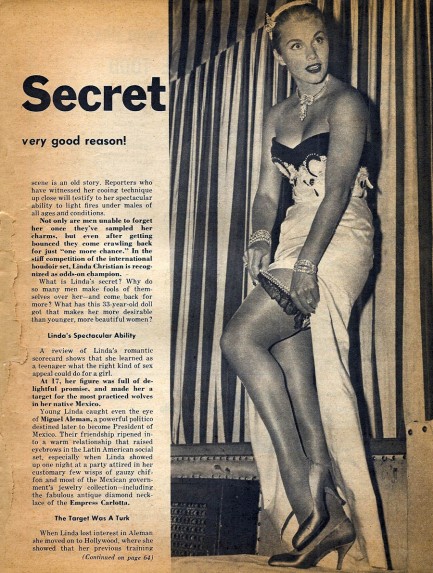 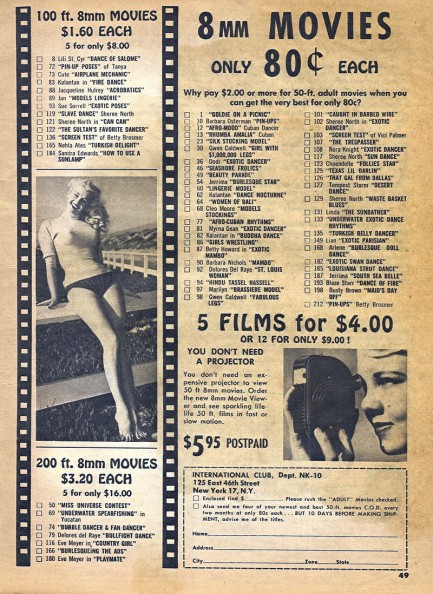 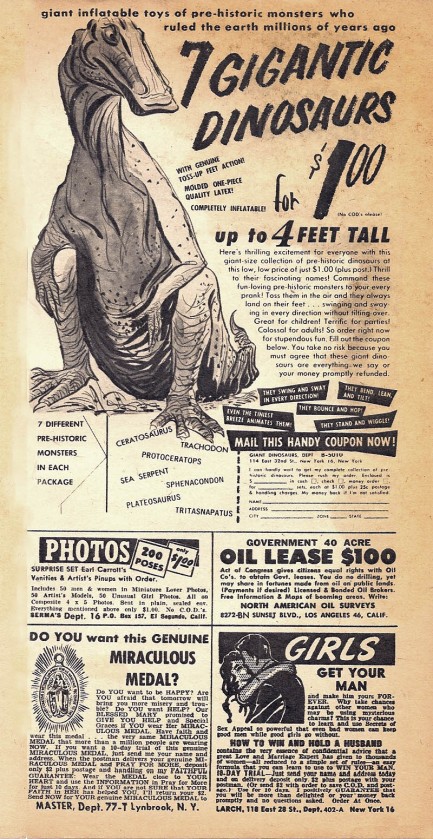
 Kicking ass and taking names. 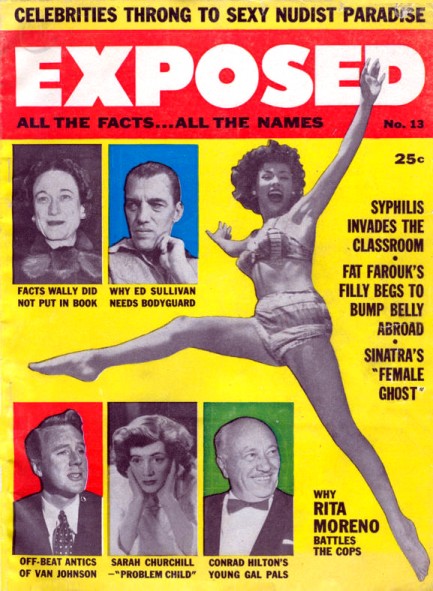
Today we have another copy of the tabloid Exposed, this one from March 1957 with a nice shot of actress and dancer Rita Moreno on the cover. The text beneath her claims she battles the cops, and inside she’s referred to as a “cop fighting wildcat.” Why? Because in June 1955 Moreno slapped an LAPD officer three times across the mouth and kicked him because he was arresting her boyfriend George Hormel II for marijuana possession. It’s lucky for Rita the taser hadn’t been invented yet. If it had, we suspect she would have learned the electric boogaloo the hard way. In any case, she got away with it and has gone on to sustain her screen and stage career over five more decades, winning multiple awards and earning a star on Hollywood’s Walk of Fame.
|
 |

The headlines that mattered yesteryear.
1947—Heyerdahl Embarks on Kon-Tiki
Norwegian ethnographer and adventurer Thor Heyerdahl and his five man crew set out from Peru on a giant balsa wood raft called the Kon-Tiki in order to prove that Peruvian natives could have settled Polynesia. After a 101 day, 4,300 mile (8,000 km) journey, Kon-Tiki smashes into the reef at Raroia in the Tuamotu Islands on August 7, 1947, thus demonstrating that it is possible for a primitive craft to survive a Pacific crossing. 1989—Soviets Acknowledge Chernobyl Accident
After two days of rumors and denials the Soviet Union admits there was an accident at the Chernobyl nuclear power plant in Ukraine. Reactor number four had suffered a meltdown, sending a plume of radioactive fallout into the atmosphere and over an extensive geographical area. Today the abandoned radioactive area surrounding Chernobyl is rife with local wildlife and has been converted into a wildlife sanctuary, one of the largest in Europe. 1945—Mussolini Is Arrested
Italian dictator Benito Mussolini, his mistress Clara Petacci, and fifteen supporters are arrested by Italian partisans in Dongo, Italy while attempting to escape the region in the wake of the collapse of Mussolini's fascist government. The next day, Mussolini and his mistress are both executed, along with most of the members of their group. Their bodies are then trucked to Milan where they are hung upside down on meathooks from the roof of a gas station, then spat upon and stoned until they are unrecognizable. 1933—The Gestapo Is Formed
The Geheime Staatspolizei, aka Gestapo, the official secret police force of Nazi Germany, is established. It begins under the administration of SS leader Heinrich Himmler in his position as Chief of German Police, but by 1939 is administered by the Reichssicherheitshauptamt, or Reich Main Security Office, and is a feared entity in every corner of Germany and beyond. 1937—Guernica Is Bombed
In Spain during the Spanish Civil War, the Basque town of Guernica is bombed by the German Luftwaffe, resulting in widespread destruction and casualties. The Basque government reports 1,654 people killed, while later research suggests far fewer deaths, but regardless, Guernica is viewed as an example of terror bombing and other countries learn that Nazi Germany is committed to that tactic. The bombing also becomes inspiration for Pablo Picasso, resulting in a protest painting that is not only his most famous work, but one the most important pieces of art ever produced.
|

|
|

It's easy. We have an uploader that makes it a snap. Use it to submit your art, text, header, and subhead. Your post can be funny, serious, or anything in between, as long as it's vintage pulp. You'll get a byline and experience the fleeting pride of free authorship. We'll edit your post for typos, but the rest is up to you. Click here to give us your best shot.

|
|




















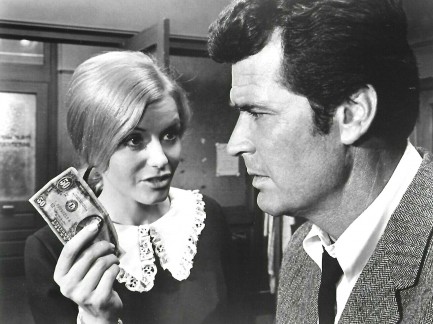
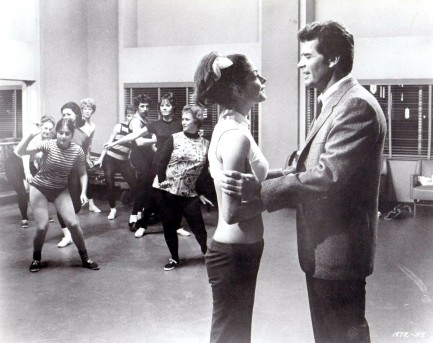
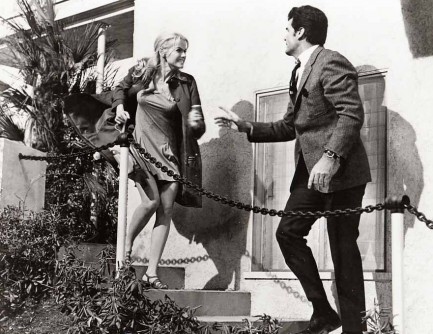
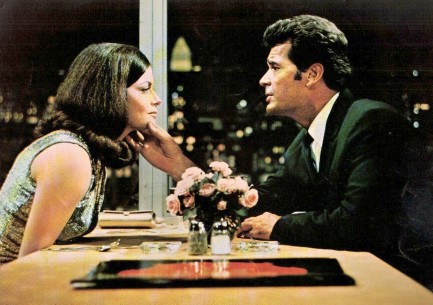
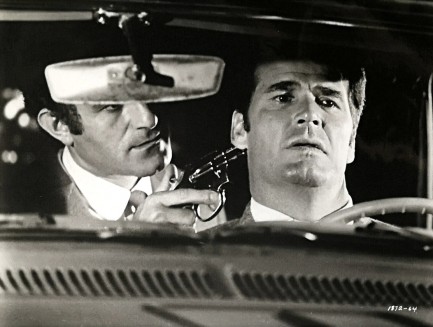
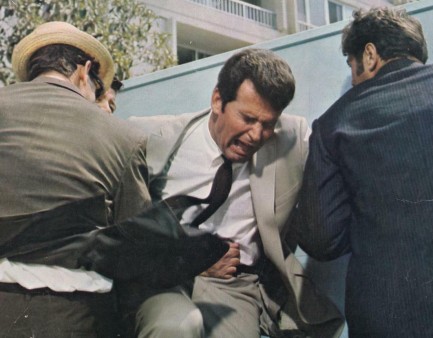
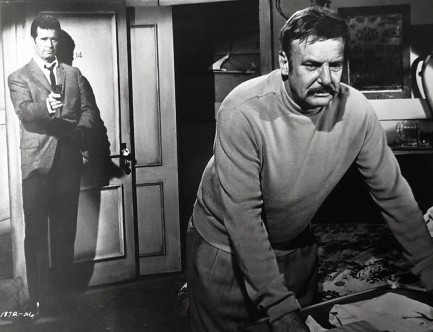
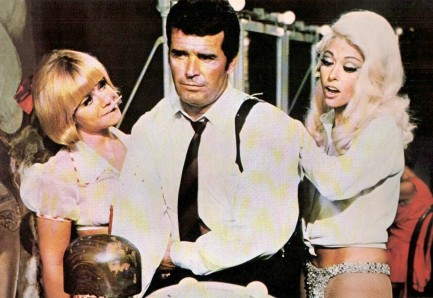
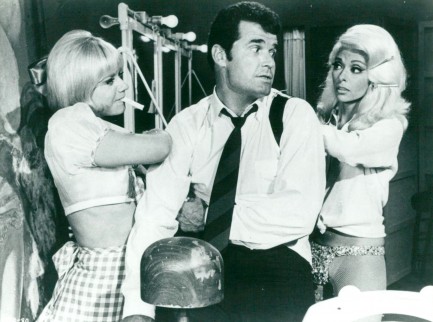
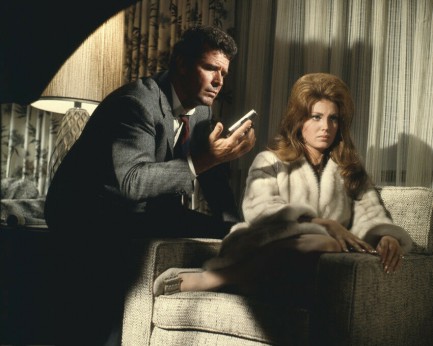
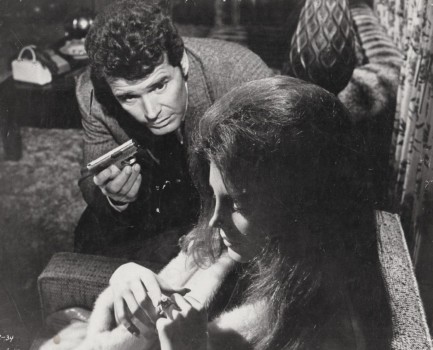
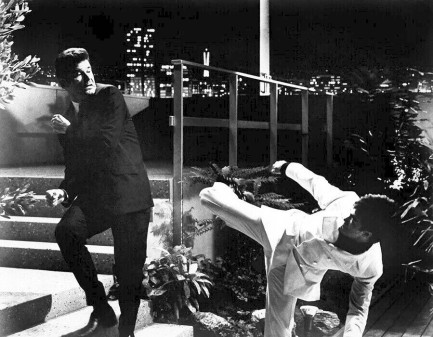
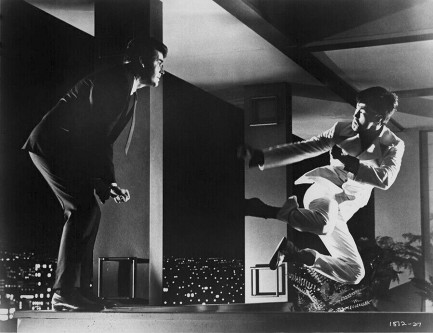
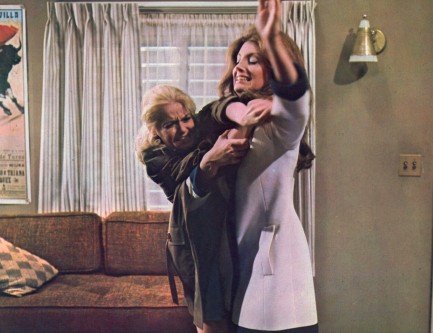
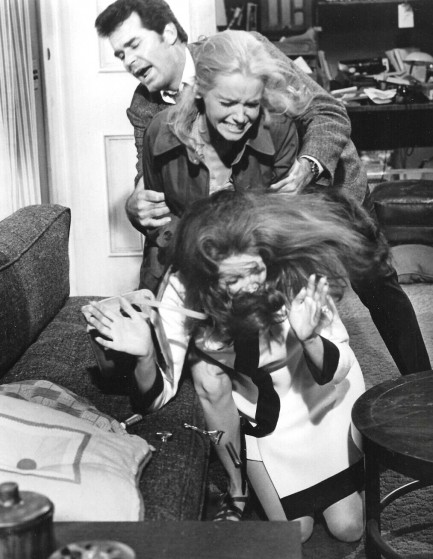
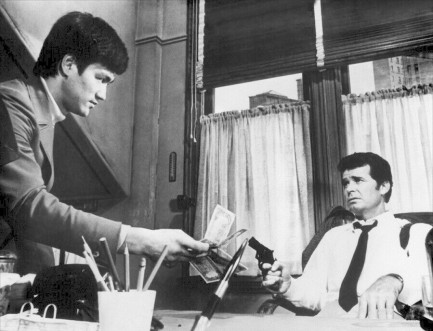
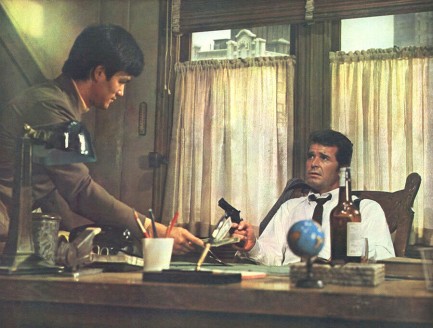
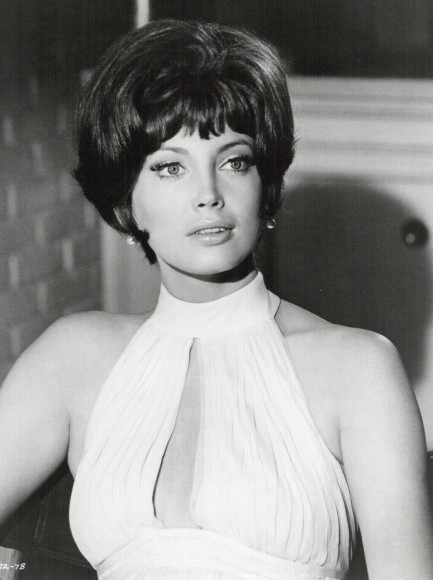
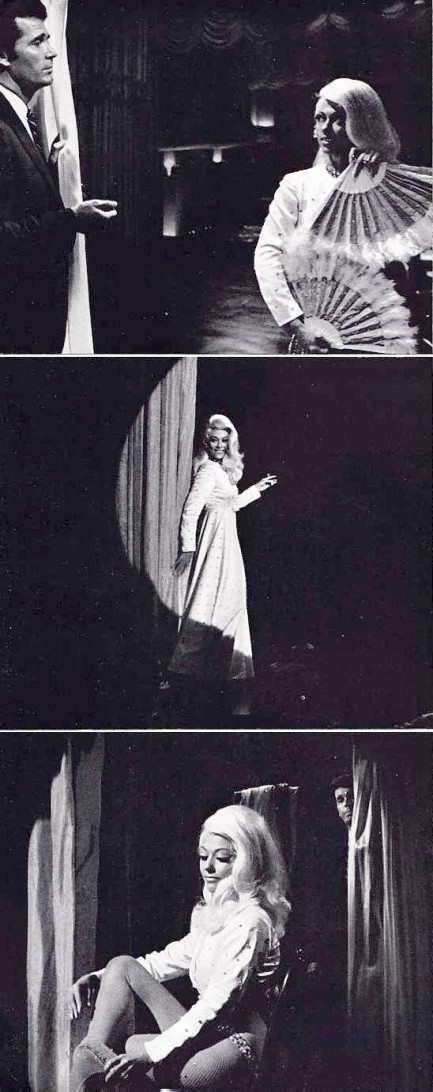
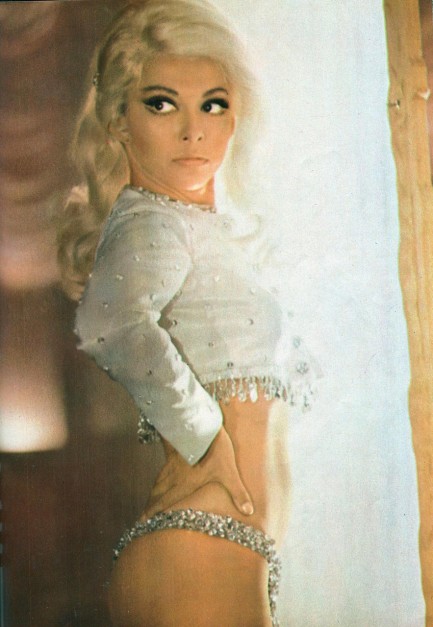
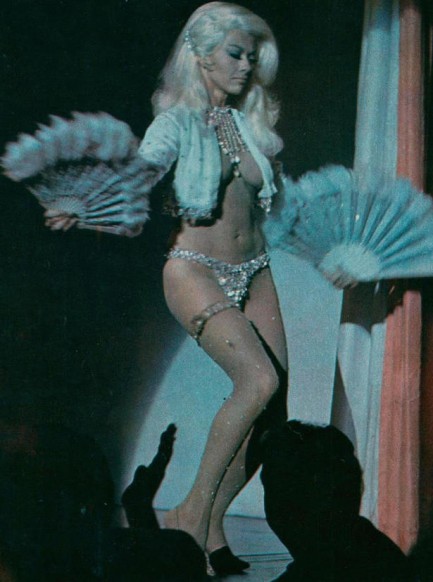
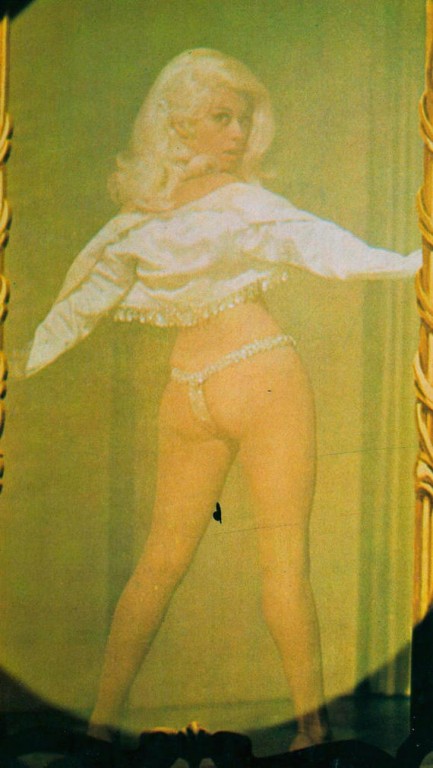
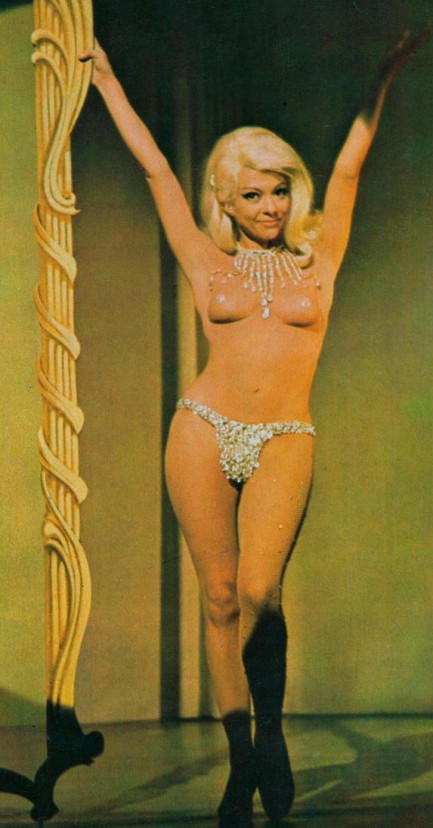
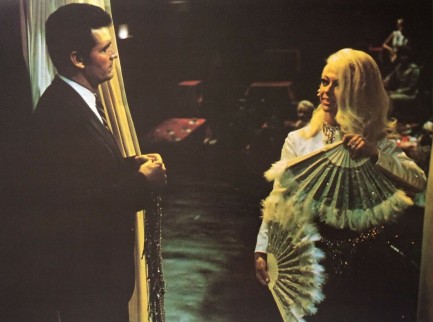
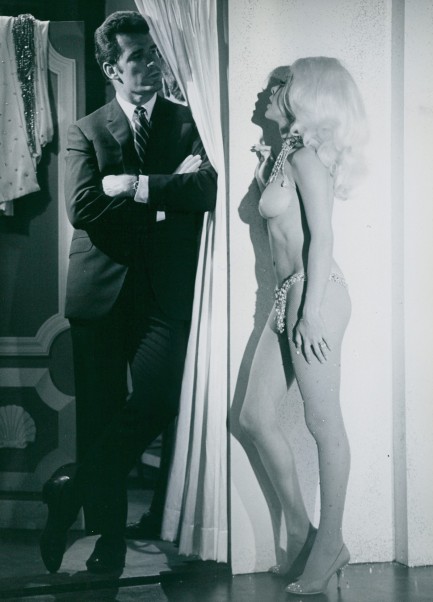
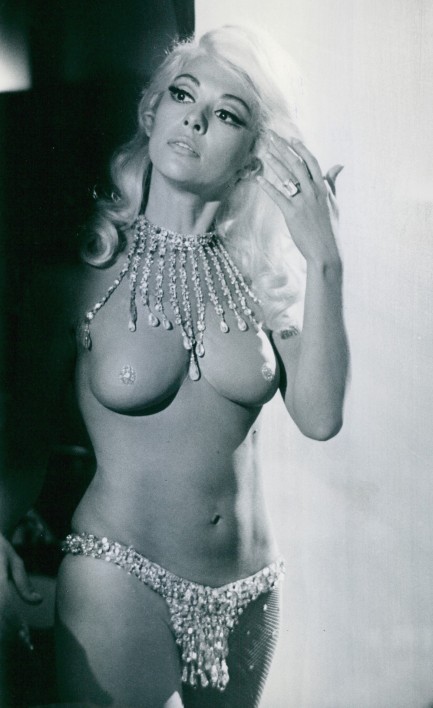

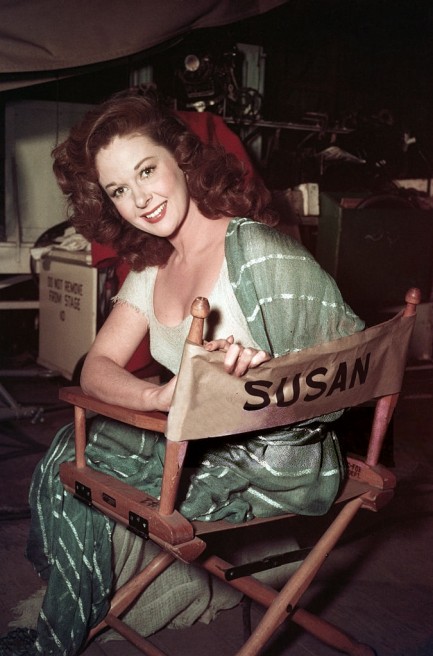
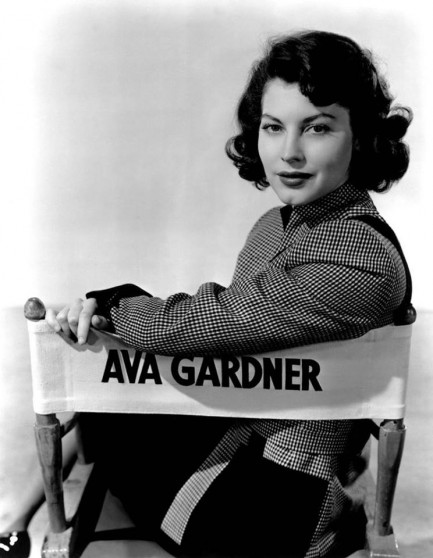
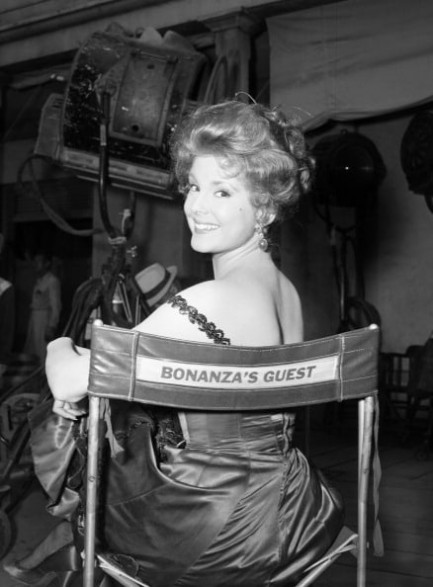
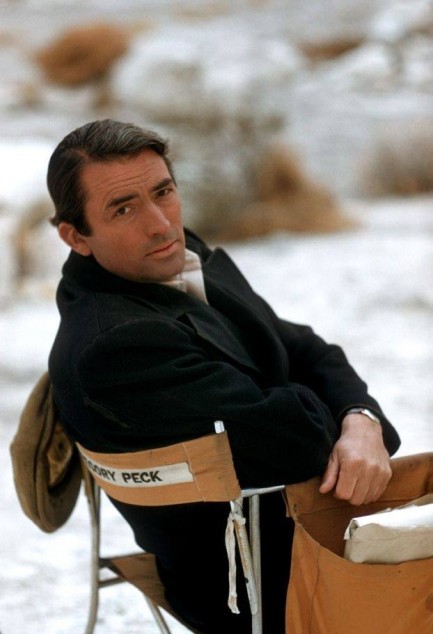
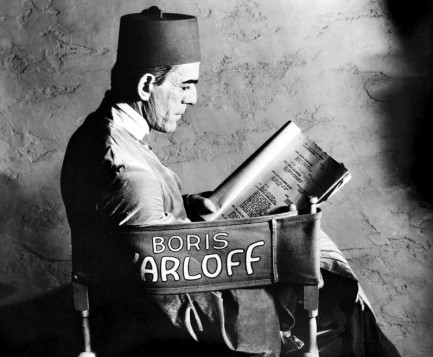
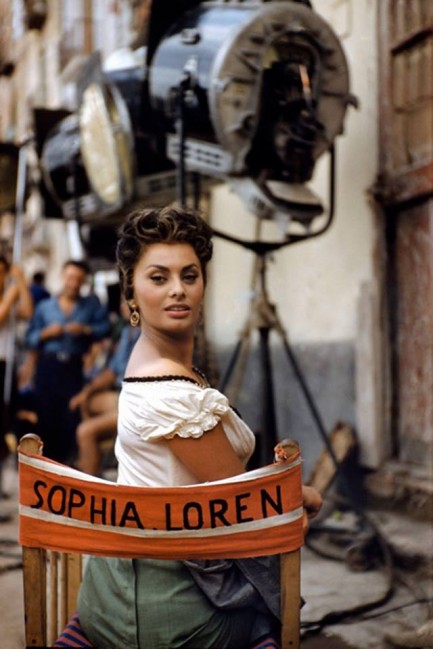
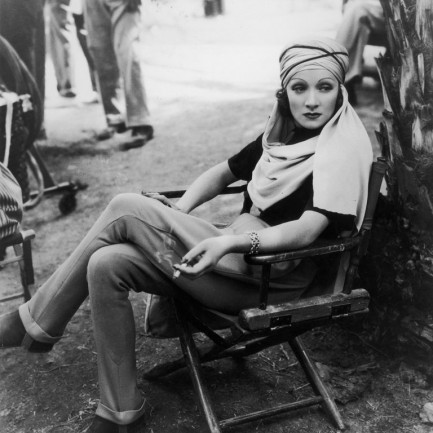
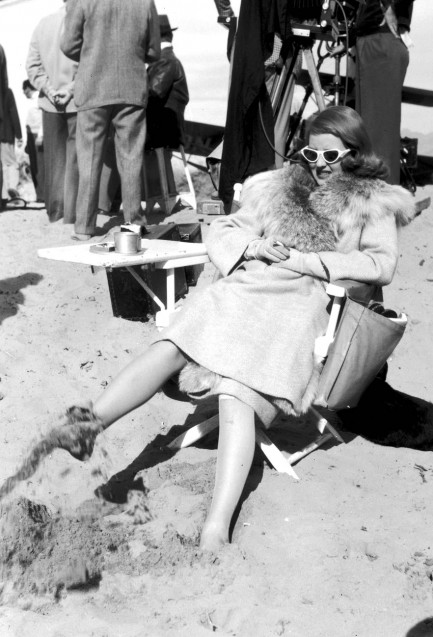
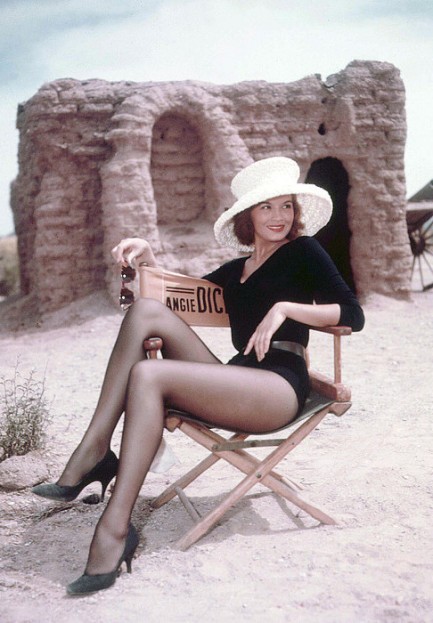
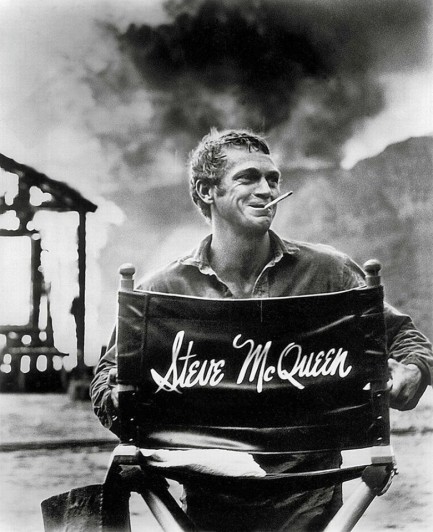
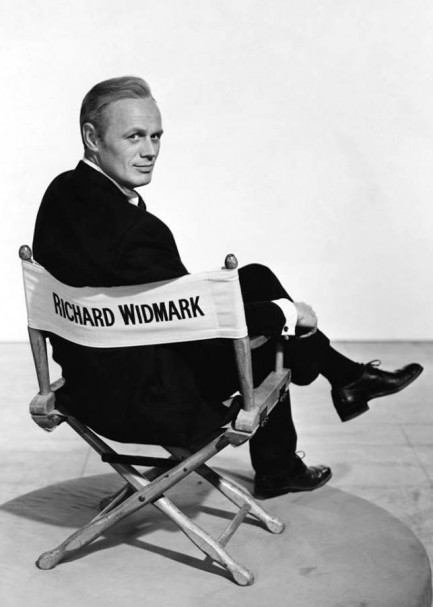
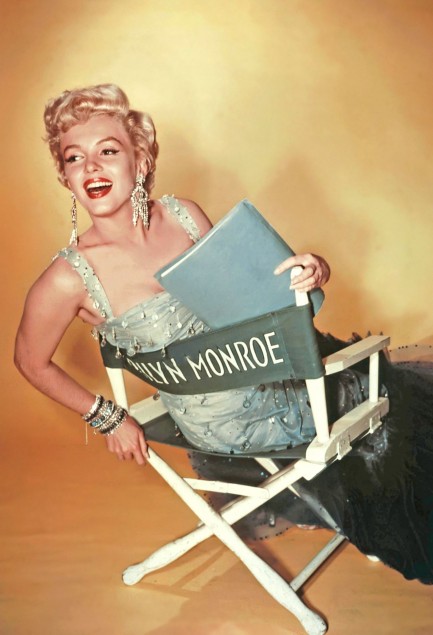
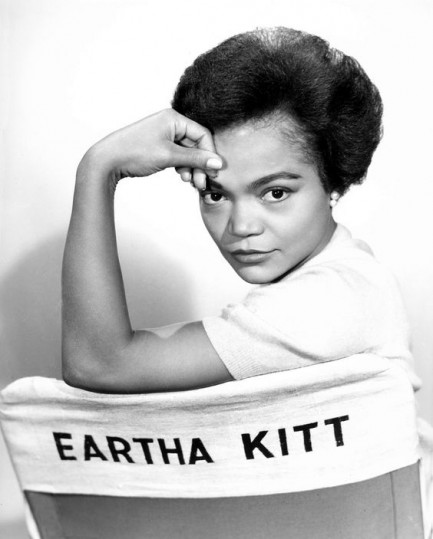
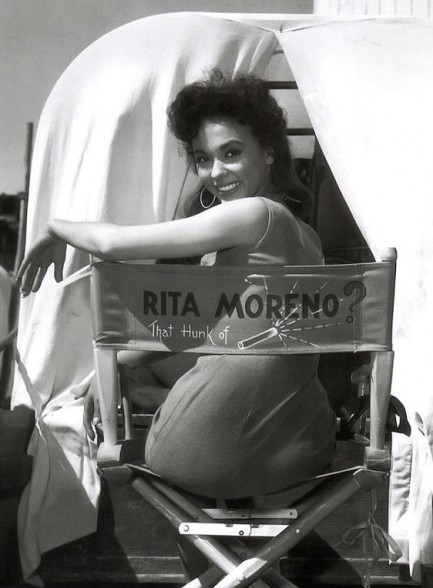
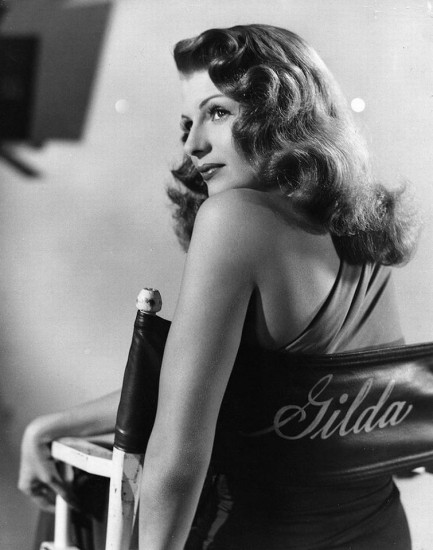
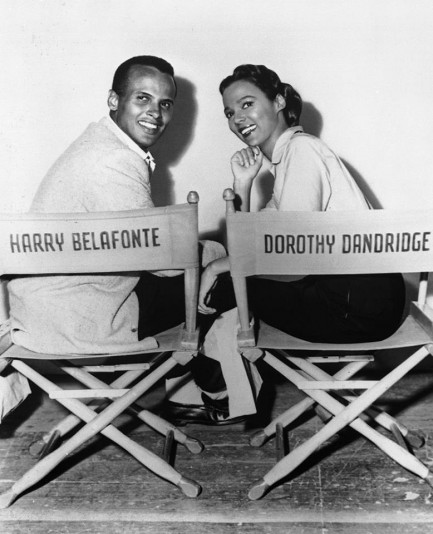
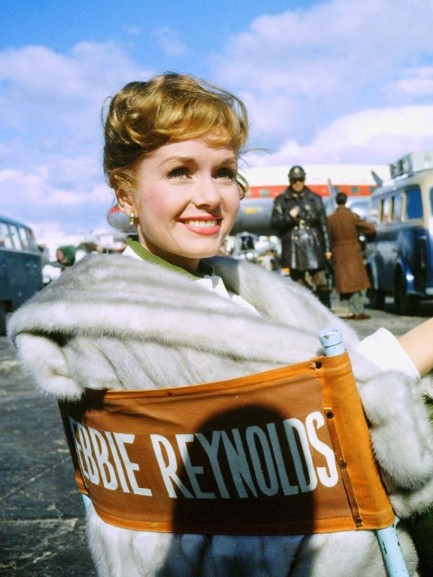
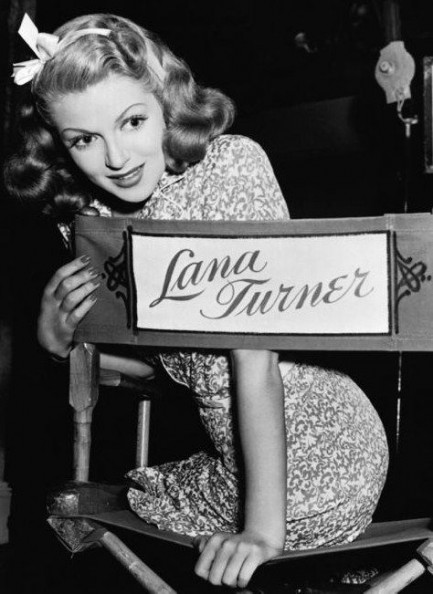
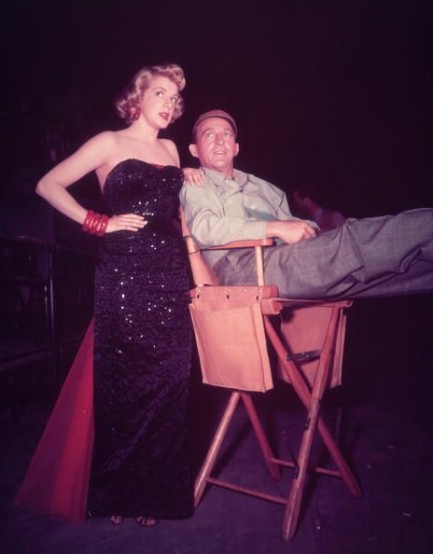
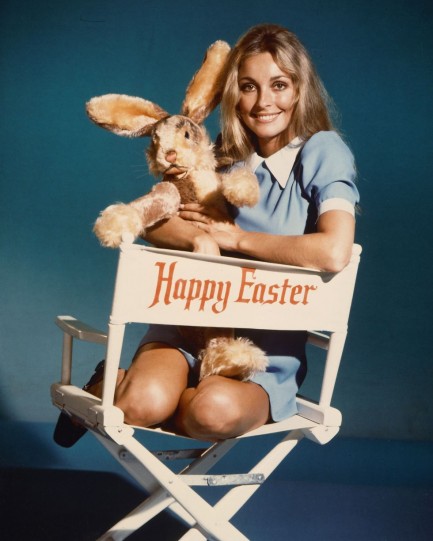
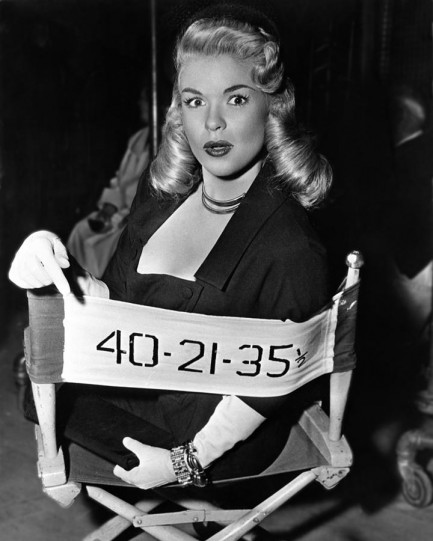


 the Grammy, and the Tony. She's also won a Golden Globe, been awarded a Presidential Medal of Freedom and a National Medal of the Arts, received a star on the Hollywood Walk of Fame, and been bestowed the Screen Actors Guild Life Achievement Award. There are even more awards, too numerous to list, and on top of all of them, she was also awarded some awesome genes, because not only is she very beautiful in the top photo from around 1960, but she still looks good today at age eighty-five.
the Grammy, and the Tony. She's also won a Golden Globe, been awarded a Presidential Medal of Freedom and a National Medal of the Arts, received a star on the Hollywood Walk of Fame, and been bestowed the Screen Actors Guild Life Achievement Award. There are even more awards, too numerous to list, and on top of all of them, she was also awarded some awesome genes, because not only is she very beautiful in the top photo from around 1960, but she still looks good today at age eighty-five.






























































































